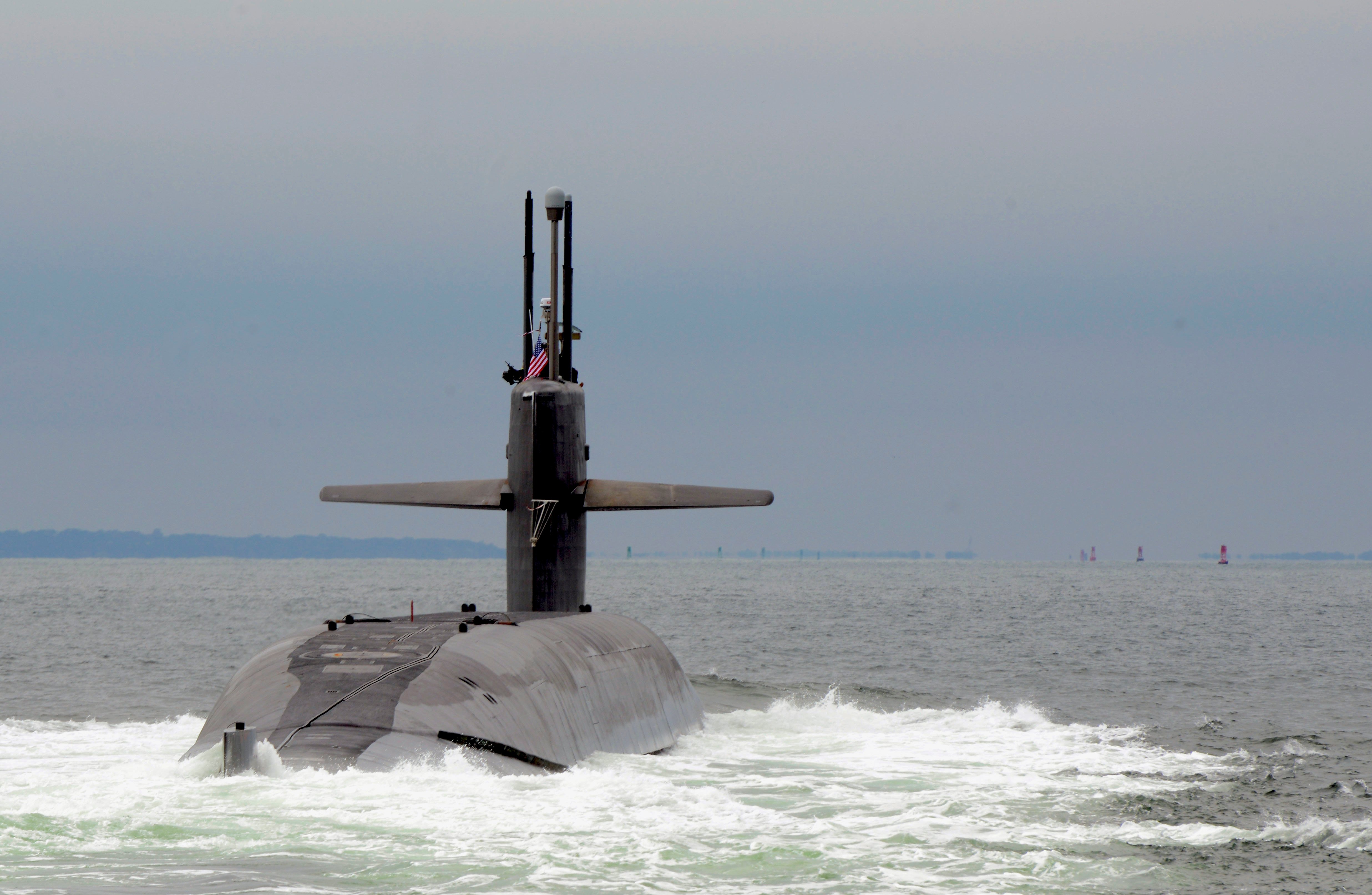
CAPITOL HILL – Navy leaders told House and Senate appropriators this week that the service is ready to move out on its first new large surface ship design in a decade. Secretary of the Navy Richard V. Spencer and Chief of Naval Operations Adm. John Richardson also said the service is moving to build in more margin for its new ballistic missile submarine program.
Amid concerns the Navy’s cost and time margins for the service’s next nuclear ballistic missile submarine are growing thin, Navy leadership are meeting with contractors to ensure the program is on pace for the first boomer to move out on its first patrol in 2031.
Next week, Spencer and Richardson will meet with chief executives from Huntington Ingalls Industries and General Dynamics Electric Boat to make sure the design and construction of the Columbia-class SSBN is on track, Spencer told the House Appropriation defense subcommittee on Tuesday.
“We are sitting down with industry to do a collective assessment. While you know the Columbia-class submarine is our number-one acquisition program, it is in concert with the Virginia-class program, which is one of our most successful acquisition platforms that we have in the Navy,” Spencer said in a response to HAC-D ranking member Rep. Ken Calvert (R-Calif.).
“We are balancing risk in both of those portfolios. We do have concern, I would be remiss if I didn’t say that. We’re sitting down with industry to look at the supply chain, to look at both primes that are involved to ensure that we can manage the risk that we can build in some margin where we can. If we do not do this in lock-step with industry it will run off the rails. I guarantee you that. We’re focused on this from the executive level on down.”
On Wednesday, Richardson told the Senate Appropriations defense subcommittee that there was a drive in the service to build more margin in the $102-billion program.
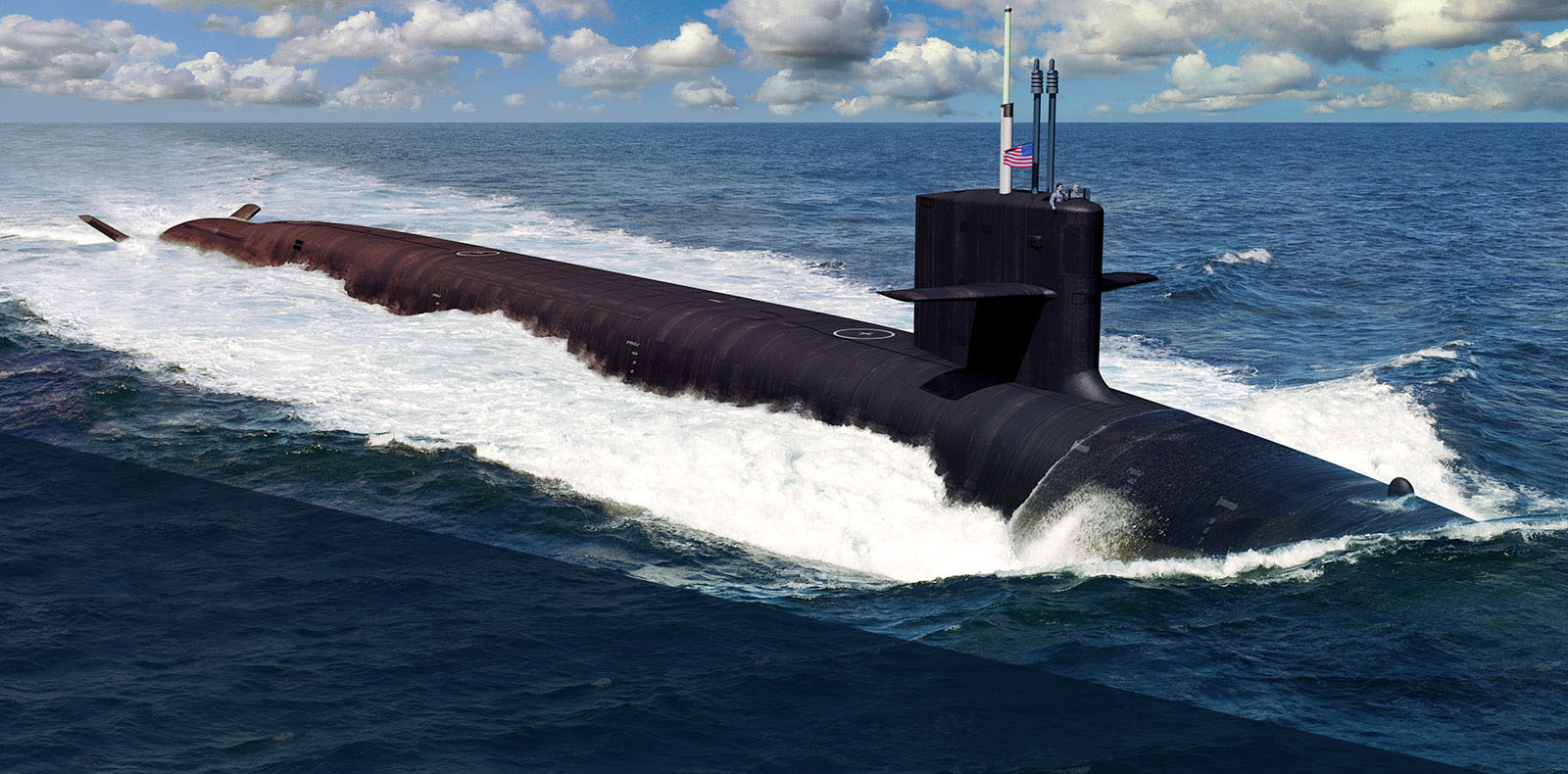
“We are on schedule, but just on schedule. We are on cost, but just on cost,” Richardson told the panel.
“The secretary and I have made it very clear that looking forward and anticipating those things that will inevitably arise during testing and everything in such a complex program, we need to work diligently to build more margin into the program.”
Among the delays, last month the Government Accountability Office disclosed the Navy had lost several months in the program due to problems at the land-based testing site for the submarine’s electric drive.
“A manufacturing defect that affected the system’s first production-representative propulsion motor required extensive repair that consumed nine months of schedule margin at the land-based test facility,” read the report. “The Navy now plans to test the motor at the same time it had originally scheduled to make any final design changes before starting production. This could constrain opportunities to implement timely, corrective actions if problems are discovered during testing.”
Columbia-class boomers will be built concurrently with the Virginia-class submarine program that will be built in a teaming arrangement with sections of both classes assembled by GD’s Electric Boat facilities in Connecticut and Rhode Island and at HII’s Newport News Shipbuilding.
The Columbia program is designed to build and test the first-in-class Columbia (SSBN-826) over a period of about 10 years, while at the same time the Virginia program will move to a larger Block V design that will demand more materials from an already-thinning supplier base.
Large Surface Combatant
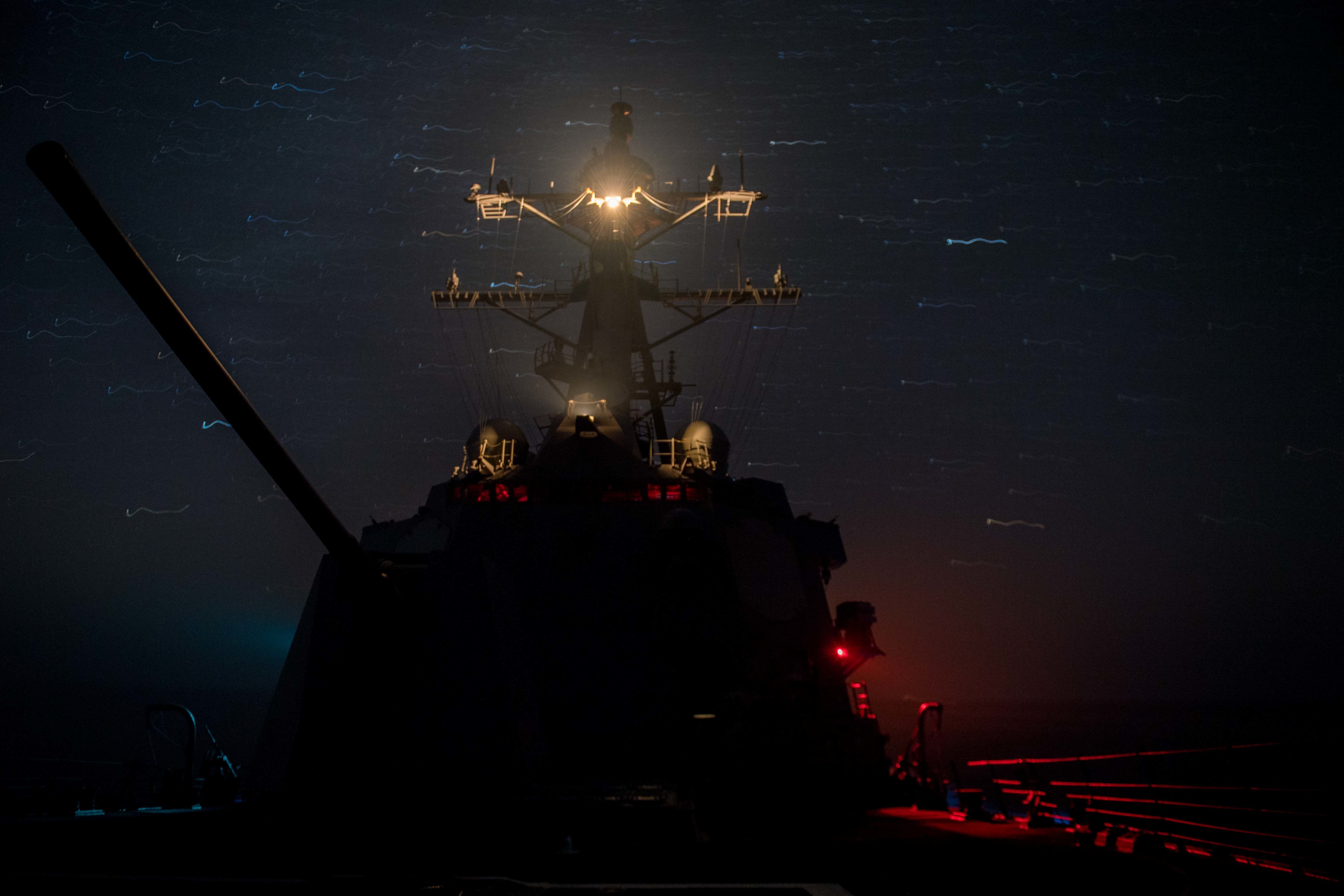
Richardson and Spencer also fielded questions on Wednesday from Sen. Susan Collins (R-Maine), who quizzed the pair on the Navy’s plan to move to a new hull design for the next large surface combatant by 2025 to supersede the Arleigh Burke-class (DDG-51) Flight III design.
“The Navy has moved ahead with those plans since last year, with procurement of a lead ship now scheduled for Fiscal Year 2025, which is just a couple of years after the end of the current multi-year procurement contract for the DDG-51 Flight IIIs,” she said.
“Many of us in Congress expected that we would see a subsequent multi-year contract for the Flight IIIs.”
Until recently, the Navy had planned to continue building a Flight III variant past the 10 hulls already under contract as part of a 2018 multi-year deal between HII’s Ingalls Shipbuilding in Mississippi and General Dynamics Bath Iron Works in Collins’ home state of Maine.
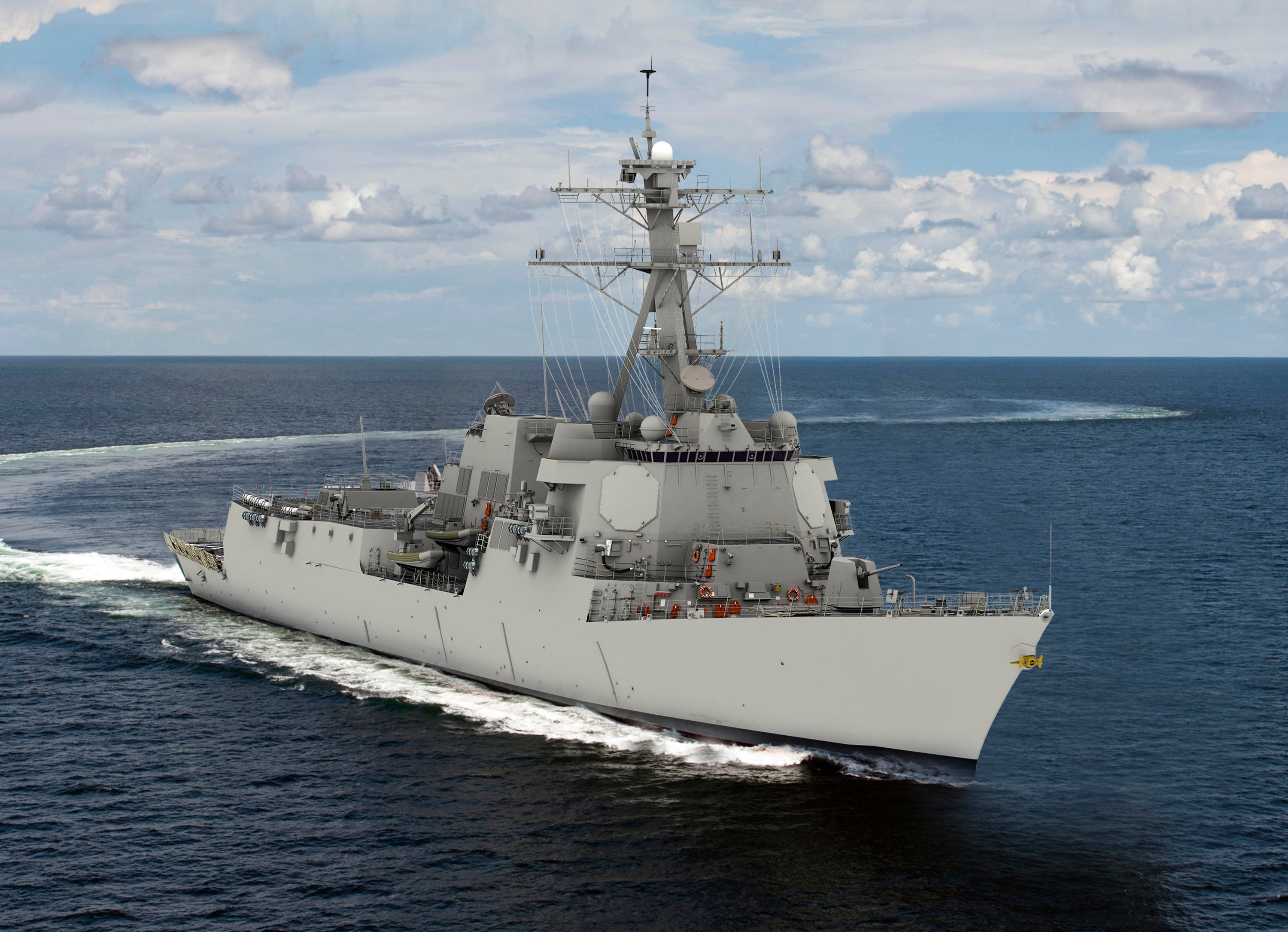
Instead, the service wants to develop a new large surface combatant that would use new kinds of sensors and weapons. Pentagon officials fear signals the service’s existing AN/SPY-1 and emerging AN/SPY-6 air search radars make them a target for long-range anti-ship ballistic missiles and want to develop a family of manned and unmanned ships that will take information from a variety of inputs. The lessons from the rapid acquisition program of the new guided-missile frigate and the MQ-25A Stingray unmanned aerial vehicle will help inform the program, Navy leaders have said.
“One of the things we’re doing differently is bringing in industry into a discussion of the requirements, so we don’t come up with something that’s impossible to invent and then build,” Richardson said on Wednesday. “The virtue of doing that with the frigate and the unmanned tanker has proven itself that we have much more confidence in cost and schedule, even on the lead ship.”
Truman Refueling
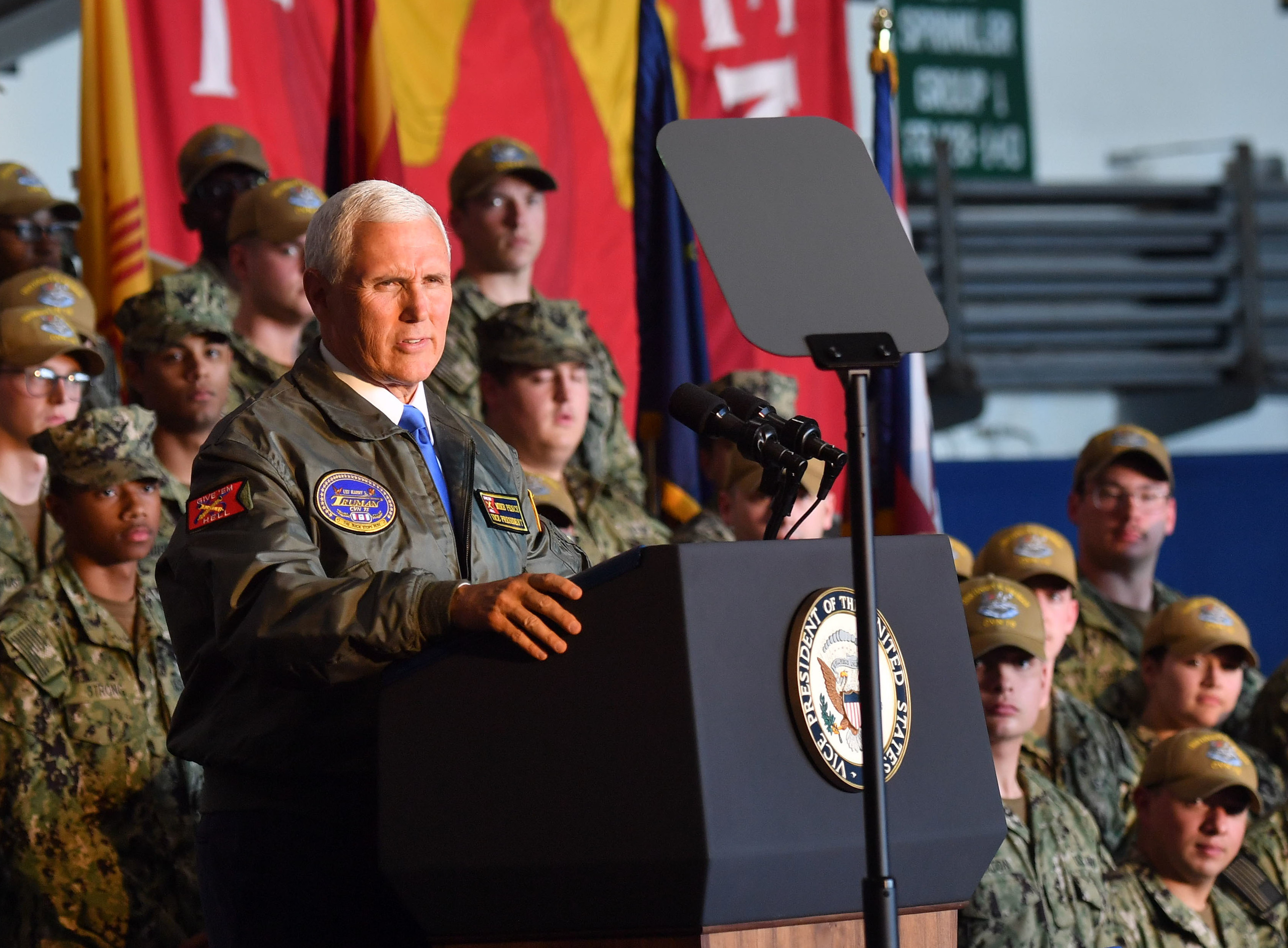
While the service leaders were outlining the budget before Congress, the White House had reversed a major point of the Fiscal Year 2020 budget: sidelining carrier USS Harry S. Truman (CVN-75).
At the same time Richardson and Spencer were testifying before the HAC-D on Tuesday, Vice President Mike Pence told the crew of Truman the ship would not be retired and would instead undergo a refueling and complex overhaul. The Trump Administration’s FY 2020 budget had cut the refueling as part of a deal for a two-carrier buy on the next two Ford-class carriers; the RCOH cancelation and the two-ship buy would create about $8 billion in savings that would be used to fund new systems like high-energy weapons, hypersonic missiles and unmanned surface vessels.
The move had been panned by a bipartisan group in the House and the Senate, and the four defense committees were expected to insert funds for the refeuling in the upcoming FY 2020 budget bills.
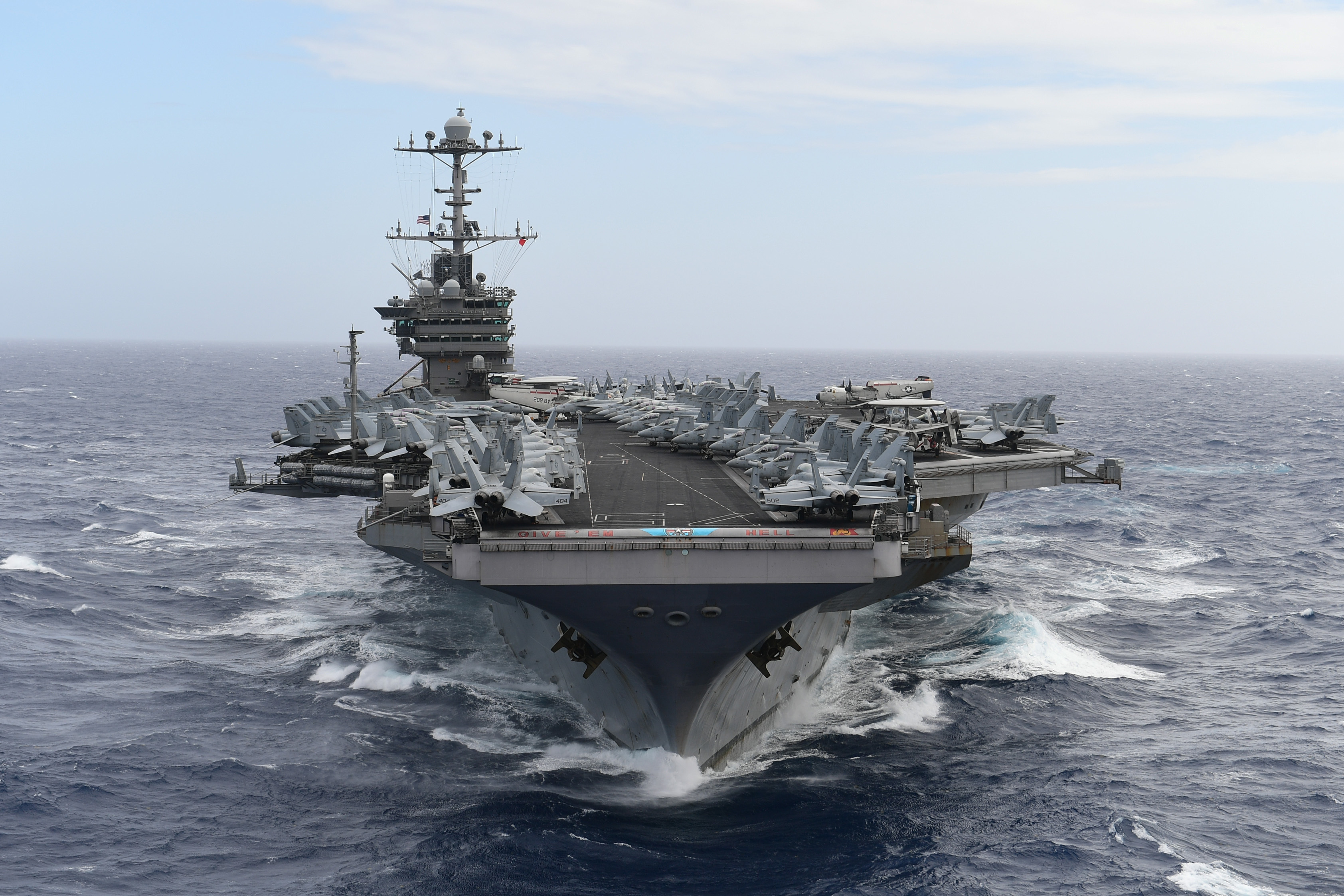
While Pence and President Donald Trump said they had changed the terms of their budget, as of Wednesday afternoon the White House has not sent over a new budget guidance to Congress, several sources confirmed to USNI News. Several defense officials also confirmed to USNI News that neither the Pentagon nor the Navy were informed of Pence’s announcement ahead of his speech on Truman.
The topic did not come up at the Wednesday’s SAC-D hearing with Navy leadership nor by Acting Defense Secretary Patrick Shanahan’s House Appropriations defense subcommittee budget hearing.
Spencer told reporters following the Navy budget hearing that the service would carry out the White House instructions.





